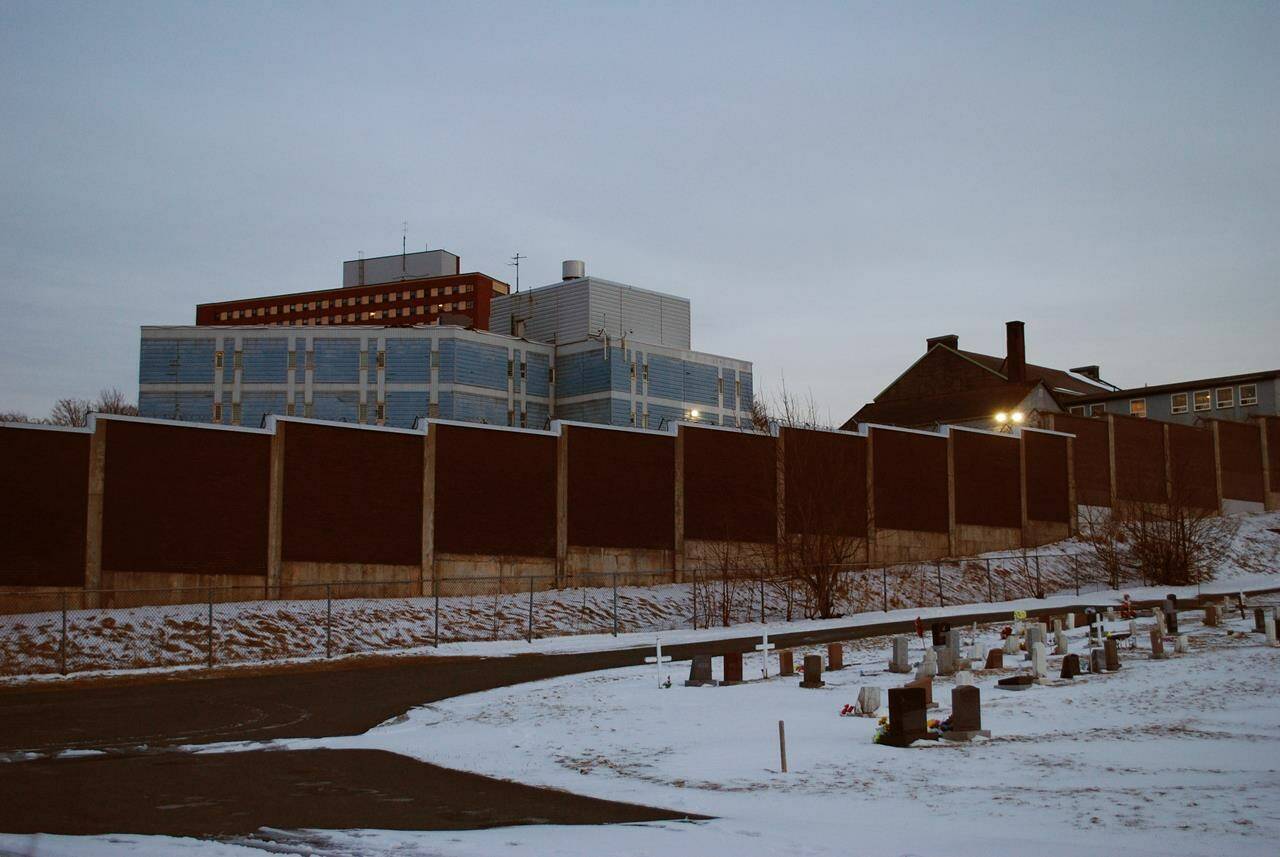It was shortly after another death was confirmed at a notoriously harsh Newfoundland jail that Bob Buckingham wrote to his fellow defence lawyers to ask what they could do to better advocate for inmates.
The August death, which sources say was a suicide, was at least the seventh death since 2017 inside jails in the province, which between 2010 and 2020 had the highest rate of inmate suicide in Atlantic Canada.
Judges in Newfoundland and Labrador have recently reduced sentences for at least two inmates at Her Majesty’s Penitentiary in St. John’s in scathing written decisions condemning the 164-year-old prison’s rodent and mould infestations and its crumbling infrastructure. Buckingham wants lawyers to raise those conditions more often during pleadings and thus give judges more opportunities to take a stand, which he hopes will pressure the provincial government to make changes.
“There has to be a political will, to do something to change the change how things operate, and to bring principles of fundamental justice into the prison system with respect to inmates,” Buckingham, who is based in St. John’s, said in an interview. “They have to have a fundamental opportunity to challenge what’s happening, to challenge the poor conditions.”
Unlike the federal corrections system, there is often no independent oversight of provincial jails in Canada. Federal prisons are monitored by the Office of the Correctional Investigator, and Correctional Service Canada publishes statistics on inmate deaths. The agency alerts the press whenever an inmate dies, and deaths that are not from natural causes are investigated by a four-member team and reported on.
In provinces including Newfoundland and Labrador, the provincial Justice Department will often only publicly confirm an inmate death if the media request information. The public often only learns of suicides behind bars if the family speaks out.
And only some provinces, including British Columbia, launch automatic inquests into inmate deaths that are not obviously from natural causes.
“In most provincial jails, what you’re looking at is a closed box, it’s a closed system,” said Toronto human rights lawyer Corey Shefman, who exclusively represents Indigenous people and organizations. “Generally speaking, the only people who know what’s going on in provincial jails are the inmates, the guards and defence lawyers. And no one listens to the inmates. So there’s a real lack of accountability.”
That’s especially concerning, Shefman said, because a large proportion of inmates in provincial jails are on remand, which means they’re awaiting trial and haven’t been convicted. It is also deeply concerning because Indigenous people are disproportionately represented in provincial jails, he said, adding that in some Prairie provinces, more than 80 per cent of inmates in provincial correctional facilities are Indigenous.
“Then add on to that, the fact that in most provincial correctional facilities, there’s no real rehabilitative programming, unlike in the federal system,” he said.
Shefman said provincial jails need oversight similar to what exists federally.
“There needs to be somebody who is independent, like the federal corrections investigator, who can hold these systems accountable,” he said, adding that most provinces have an ombudsman or a citizens’ representative, but they don’t have much power.
Jen Metcalfe, executive director at Prisoners’ Legal Services, a British Columbia clinic, says provinces should at least be required to publish data on deaths in their jails, including the cause of the death, the race of the inmate who died and the circumstances of their death, such as whether they had recently spent time in solitary confinement.
Legal aid services in Atlantic Canada and the Prairie provinces are notoriously underfunded, Metcalfe said. But that’s not the case in British Columbia; her organization is supported by Legal Aid BC, and it’s one of the only clinics in Canada set up specifically to offer free legal services related to incarceration and inmates’ rights.
Metcalfe said her organization hears from about 1,000 incarcerated people a year. It can help with individual issues and push for systemic change, she said. In that way, it operates somewhat like an independent oversight body for the province’s jails, and it helps shine a light on conditions that would otherwise go unnoticed.
Buckingham said he got a “lukewarm” response to his call to arms, but he expects about six lawyers will meet some time this month to talk about what they can do.
He said he’d at least like to see automatic inquests or inquiries into deaths in the province’s jails. “We’ve had enough deaths,” he said. But he hopes the lawyers will launch a co-ordinated effort to bring about systemic change.
The Newfoundland and Labrador government is promising to replace Her Majesty’s Penitentiary, Buckingham noted, but he says that without fundamental changes to the province’s approach to corrections, “All we’re doing with a new facility is transporting a bad system into a new building.”

